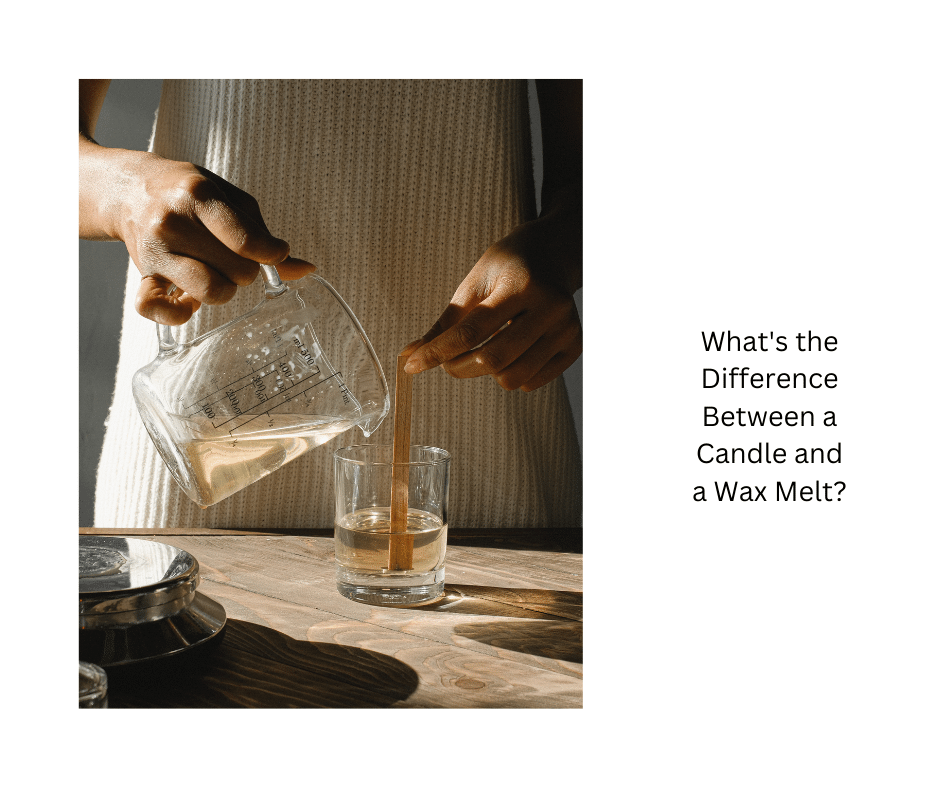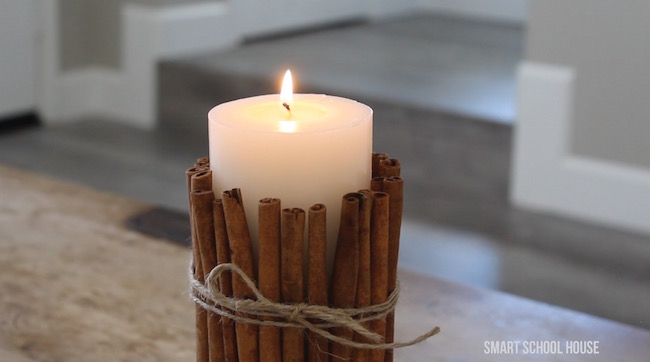Did you know that Brach’s Candy, a beloved candy brand in the United States, has been satisfying sweet cravings for over 100 years? With a rich history and commitment to quality, Brach’s Candy has become a household name throughout the nation.
But have you ever wondered where this delectable candy is made? Well, I have the answer for you! According to recent data, Brach’s Candy is proudly made in the USA, contributing to our nation’s economy and supporting local communities. With multiple factories strategically located across the country, Brach’s Candy ensures that their delicious treats are readily available to candy lovers nationwide.
Join me as we explore the fascinating history, the top-notch ingredients, and the variety of flavors that make Brach’s Candy a true American icon. Get ready to indulge your sweet tooth and discover the secrets behind the making of Brach’s Candy!
Key Takeaways
- Brach’s Candy is proudly made in the USA, with multiple factories strategically located across the country.
- The company has a rich history dating back to the early 1900s and was founded by Emil J. Brach in 1904.
- Brach’s Candy is known for its meticulous and intricate manufacturing process, ensuring the highest quality and consistency in every piece.
- The company embraces advancements in manufacturing processes while maintaining classic recipes and never compromises on traditional methods that make their candies special.
The History of Brach’s Candy
You may be interested to learn about the rich history of Brach’s Candy. Brach’s Candy has a long and storied history that dates back to the early 1900s. The company was founded in 1904 by Emil J. Brach, a young entrepreneur with a passion for confectionery.
Initially, Brach’s Candy was a small storefront operation in Chicago, Illinois. However, it quickly grew in popularity and expanded its production capabilities to meet the increasing demand.
Throughout its history, Brach’s Candy has been known for its high-quality products and innovative production methods. The company was one of the first to introduce mass production techniques to the candy industry, allowing them to produce large quantities of candy at a faster rate. This enabled Brach’s Candy to become a leading player in the confectionery market.
Today, Brach’s Candy continues to produce a wide variety of delicious candies, including their famous Brach’s Candy Corn. The company’s commitment to quality and innovation has made it a beloved brand among candy enthusiasts worldwide.
As we delve further into the founding of Brach’s Candy Company, we’ll explore the vision and determination that led to its success.
The Founding of Brach’s Candy Company
Imagine stepping back in time to the late 1800s, when a small confectionery was born, laying the foundation for what would become one of the most iconic candy companies in history.
Brach’s Candy Company, founded in 1904 by Emil J. Brach, started as a small storefront in Chicago, Illinois. During its early years, Brach’s Candy Company experienced tremendous success. With Emil Brach’s dedication to quality and innovation, the company quickly gained a reputation for producing delicious and unique candies. Customers flocked to the store to indulge in Brach’s signature creations, such as their famous caramels and hard candies.
The founding date of 1904 marked the beginning of Brach’s Candy Company’s journey towards becoming a household name. From its humble beginnings, the company grew rapidly, expanding its production to meet the increasing demand for their delectable treats.
As Brach’s Candy Company continued to flourish, it paved the way for the subsequent section about the expansion of Brach’s candy production. This expansion was a pivotal moment in the company’s history, as it allowed Brach’s to bring their delightful candies to even more people across the nation.
The Expansion of Brach’s Candy Production
During its early years, Brach’s Candy Company experienced such tremendous success that it embarked on an expansion of its candy production, bringing their mouthwatering treats to even more eager customers across the nation. As the demand for Brach’s candy grew, the company faced several challenges in meeting the market’s needs.
To keep up with the increasing demand, Brach’s Candy Company had to invest in larger production facilities and advanced machinery. This expansion allowed them to produce candy in larger quantities and at a faster pace, ensuring that their products reached consumers in a timely manner.
However, this rapid expansion also presented its own set of challenges. Brach’s Candy Company had to carefully manage their supply chain to ensure a steady flow of ingredients, as well as maintain the quality and consistency of their candy. They also had to hire and train more employees to handle the increased production volume. Despite these challenges, Brach’s Candy Company successfully expanded their candy production and continued to satisfy the market demand for their delicious treats.
With their candy production now operating at a larger scale, Brach’s Candy Company was able to meet the growing market demand for their products. However, what truly set them apart from other candy manufacturers was the quality ingredients they used in their candies.
[Transition sentence: In the subsequent section about ‘the quality ingredients used in Brach’s candy’, we will explore how they sourced and selected the finest ingredients to create their delectable treats.]The Quality Ingredients Used in Brach’s Candy
With their commitment to excellence, Brach’s Candy Company carefully selected premium ingredients, like rich Belgian chocolate, to create their irresistibly indulgent candies, leaving taste buds in a state of pure bliss. Brach’s Candy prides itself on using only the finest ingredients in their candy-making process.
From the cocoa beans used in their chocolate to the natural fruit extracts in their fruit-flavored candies, Brach’s Candy ensures that every bite is bursting with flavor. They source high-quality ingredients from trusted suppliers, guaranteeing that each candy is made with the utmost care and attention to detail.
Brach’s Candy production process involves a meticulous combination of these top-notch ingredients. Expert chocolatiers melt and temper the Belgian chocolate to achieve the perfect texture and shine. For their fruit-flavored candies, Brach’s Candy uses real fruit juice and extracts, carefully balancing the sweetness and tartness to create a harmonious taste experience.
As we transition into the next section about the variety of Brach’s Candy flavors, it is important to note that these quality ingredients are the foundation for the wide array of flavors that Brach’s Candy offers. From classic favorites like chocolate-covered caramels to unique flavors like watermelon slices, Brach’s Candy has something to satisfy every sweet tooth.
The Variety of Brach’s Candy Flavors
Indulge in the tantalizing assortment of flavors offered by Brach’s Candy, and you’ll discover a symphony of taste that will leave you craving more. Brach’s Candy is known for its wide range of delicious flavors that cater to every palate. Whether you have a sweet tooth or prefer something tangy, Brach’s has it all. From classic flavors like chocolate and caramel to more unique options like watermelon and green apple, there is a flavor to suit everyone’s preferences.
To give you a visual representation of the variety of flavors, here is a table showcasing some of Brach’s Candy’s most popular options:
| Flavor | Description |
|---|---|
| Chocolate | Rich and decadent |
| Caramel | Smooth and buttery |
| Watermelon | Refreshingly fruity |
| Green Apple | Tart and crisp |
Brach’s Candy production takes place in their state-of-the-art facilities, ensuring the highest quality and consistency in every piece. The company has been perfecting their candy-making process for over a century, using only the finest ingredients and adhering to strict quality standards.
With an understanding of the delightful flavors and meticulous production behind Brach’s Candy, let’s delve into the manufacturing process of this beloved confectionery.
The Manufacturing Process of Brach’s Candy
Crafting the delectable treats of Brach’s Candy involves a meticulous and intricate manufacturing process. From start to finish, every step is carefully executed to ensure the highest quality candies.
The manufacturing process begins with the selection of premium ingredients, such as sugar, corn syrup, and various flavorings. These ingredients are then mixed together in large vats and heated to create a smooth and consistent candy base.
Once the base is ready, it is poured into molds or shaped by specialized machines to create the desired candy shapes. The candies are then cooled and hardened before being coated with a thin layer of sugar or chocolate. This coating adds a sweet and indulgent touch to the final product.
After the candies have been coated, they are inspected for quality and packaged in colorful bags or boxes. The packaging is carefully designed to attract consumers and protect the candies during transportation and storage.
The manufacturing process of Brach’s Candy is a true testament to the dedication and expertise of the candy makers. Each candy is crafted with precision and care, resulting in a delicious treat that brings joy to people of all ages.
As we delve into the importance of ‘made in the USA,’ it’s important to understand the craftsmanship that goes into every Brach’s Candy.
The Importance of Made in the USA
Immerse yourself in the significance of supporting products that are proudly manufactured in the USA. When you choose products that are made in the USA, you’re not only supporting local businesses and workers, but you’re also contributing to the overall economic impact of the country.
The ‘Made in USA’ label represents quality, reliability, and a commitment to fair labor standards. By purchasing products that are made in the USA, you’re helping to create jobs and boost the economy. When companies manufacture their products domestically, they’re able to invest in local communities, support small businesses, and contribute to the tax base. This, in turn, helps to strengthen the overall economic growth of the country.
Furthermore, products that are made in the USA often adhere to stricter regulations and standards, ensuring that they’re safe and of high quality. This provides consumers with peace of mind, knowing that the products they’re purchasing have undergone rigorous testing and inspection.
Supporting products that are made in the USA has a significant economic impact. It helps to create jobs, stimulate local economies, and ensure the production of high-quality goods.
Now, let’s delve into the locations of Brach’s candy factories and discover where these delicious treats are made.
The Locations of Brach’s Candy Factories
Discover where these delectable treats are produced by exploring the locations of Brach’s candy factories.
With a rich history dating back to 1904, Brach’s candy has become a household name known for its delicious confections. As a global brand, Brach’s candy factories can be found in various locations around the world.
One prominent factory is located in Chattanooga, Tennessee, where Brach’s produces a wide range of candies, including their famous caramel and chocolate treats. Another factory can be found in Mexico City, Mexico, where Brach’s extends its global production to cater to the Latin American market. Additionally, Brach’s operates factories in Canada and India, allowing the brand to reach even more candy lovers worldwide.
These strategically placed factories ensure that Brach’s candies are readily available to customers across different regions. The commitment to quality and tradition is evident in the meticulous production processes carried out in these factories. From sourcing the finest ingredients to employing skilled artisans, Brach’s maintains its reputation for creating irresistible candies that bring joy to people of all ages.
Transitioning into the subsequent section about the commitment to quality and tradition, it is clear that Brach’s dedication to producing high-quality treats is ingrained in every aspect of their candy-making process.
The Commitment to Quality and Tradition
Indulge yourself in the rich heritage of Brach’s candies, where a commitment to excellence and preserving time-honored recipes is evident in every delectable treat.
Brach’s has always been dedicated to upholding the highest standards of quality and tradition. This commitment to innovation has allowed them to stay relevant in an ever-changing candy industry.
Brach’s understands the importance of adapting to new technologies while still maintaining their classic recipes. They’ve embraced advancements in manufacturing processes and equipment to improve efficiency and consistency in their candy production. By combining these technological advancements with their unwavering commitment to quality, Brach’s continues to deliver the same great taste that people have loved for generations.
However, Brach’s never compromises on the traditional methods that make their candies so special. They still use the same time-tested recipes and techniques that have been passed down through the years. This dedication to tradition ensures that every Brach’s candy maintains its nostalgic appeal.
As we look to the future of Brach’s candy, we can be confident that their commitment to excellence and innovation will continue to drive their success.
The next section will explore the exciting possibilities that lie ahead for this beloved candy brand.
The Future of Brach’s Candy
Get ready to experience a thrilling evolution as Brach’s candy ventures into the future, captivating taste buds and creating sweet memories for generations to come.
As technology continues to advance, it has a significant impact on candy production. Brach’s Candy is at the forefront of embracing these technological advancements to improve efficiency and quality. With state-of-the-art machinery and innovative processes, Brach’s Candy ensures that every piece of candy is crafted with precision and care.
In addition to technological advancements, Brach’s Candy is also committed to sustainable practices. They understand the importance of reducing their environmental impact and strive to minimize waste throughout their production process. From sourcing ingredients responsibly to implementing energy-efficient practices, Brach’s Candy is dedicated to being a leader in sustainable candy manufacturing.
Not only does Brach’s Candy focus on the future of candy production, but they also value preserving the traditions that have made their candy beloved for generations. They continue to use the same time-tested recipes and techniques that have been passed down through the years, ensuring that every bite of Brach’s Candy is a nostalgic experience.
As Brach’s Candy looks ahead, they are determined to push the boundaries of taste and innovation, all while maintaining their commitment to quality and tradition. With their dedication to technology and sustainability, Brach’s Candy is poised to create a bright future filled with delicious treats.
Frequently Asked Questions
What is the nutritional information for Brach’s candy?
The nutritional value of Brach’s candy can vary depending on the specific product. Each candy may have a different ingredients list, which can include ingredients like sugar, corn syrup, artificial flavors, and colors. It is important to check the packaging or the Brach’s website for specific nutritional information for each candy.
The ingredients list and nutritional value are important factors to consider when making choices about candy consumption.
Are Brach’s candies gluten-free?
Brach’s candies are not gluten-free and may not be safe for people with celiac disease. While Brach’s doesn’t use gluten-containing ingredients in their candies, there’s a risk of cross-contamination. It’s important for individuals with celiac disease to read the labels carefully and look for gluten-free certification.
Unfortunately, Brach’s candies don’t meet that criteria. Therefore, it’s recommended for people with celiac disease to avoid consuming Brach’s candies.
Does Brach’s candy contain any artificial flavors or colors?
Yes, Brach’s candy does contain artificial flavors and colors. Some popular flavors of Brach’s candy include butterscotch, peppermint, and cinnamon.
In terms of taste and quality, Brach’s candy is known for its bold and distinct flavors. It’s often praised for its nostalgic appeal and is considered to be on par with other popular candy brands.
Are Brach’s candies suitable for vegetarians or vegans?
Brach’s candies offer vegetarian options and vegan alternatives. They don’t contain any animal-derived ingredients, making them suitable for both vegetarians and vegans.
With a wide variety of flavors and options available, Brach’s makes it easy for individuals with dietary restrictions to enjoy their delicious candies. Whether you’re looking for a sweet treat without animal products or simply exploring different options, Brach’s has you covered.
What is the shelf life of Brach’s candy?
The shelf life of Brach’s candy varies depending on the specific product. Generally, Brach’s candies have a shelf stability of 9 to 12 months. Each package of Brach’s candy has an expiration date printed on it, which indicates the recommended timeframe for consuming the candy.
It’s important to check the expiration date before consuming the candy to ensure its freshness and quality.
Conclusion
In conclusion, Brach’s Candy has a rich history and a commitment to quality and tradition. It’s fascinating to learn about the founding of the company and the expansion of their candy production.
The use of quality ingredients and the variety of flavors contribute to the popularity of Brach’s Candy. And although it’s ironic that a candy with such a traditional and American history is now made in Mexico, it’s important to remember that the taste and quality of Brach’s Candy remains as delicious as ever.










